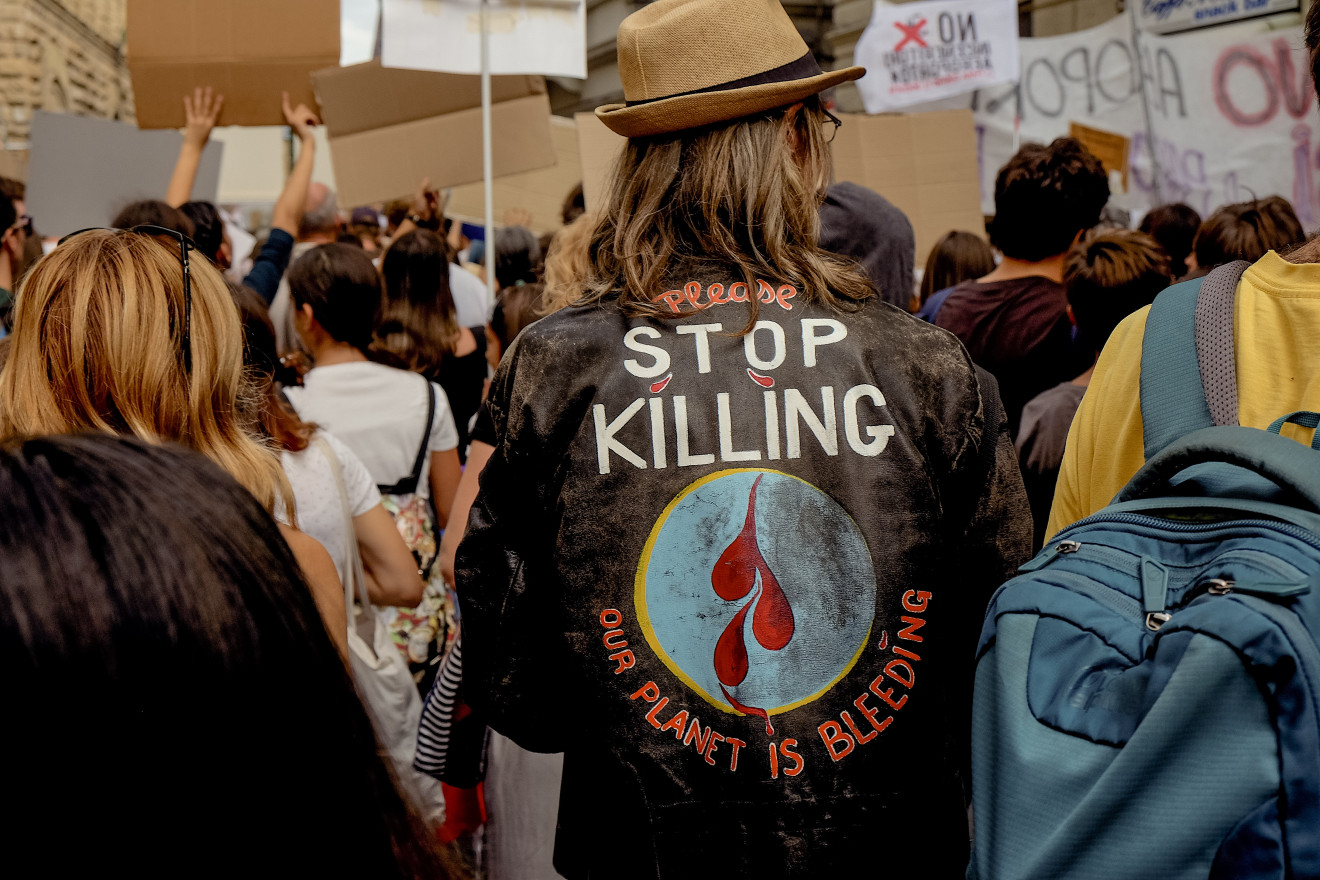
(Francesco Frilli/Pexels)

(Francesco Frilli/Pexels)
At the 2021 Planet Forward Summit, we heard about different ways to tell an environmental story. Here are five different ways to tell an environmental story with impact:
Filmmaker John Sutter explored the timeline of climate change and rethinking our environmental memory. Sutter has a project called Baseline: The climate crisis beyond a human lifetime. Sutter exposed that our environmental memory is only two to eight years long; thus, it is difficult for us to judge if the climate has drastically changed during our own lifetimes.
Discussing the environment with our local leaders who are at the forefront of protecting our environment through lawmaking gives interesting insight into our cities and communities’ climate issues. During the climate summit Kate Gallego, the mayor of Phoenix, Arizona, spoke about what Phoenix is doing to become a heat-ready city. Hearing her relevant perspective on the heat issues held a lot of weight because she is working first-hand against the ramifications of climate change.
Readers care about the youth. This became clear by the emphasis on the Phoenix heat index issue on school playgrounds. The community cares about children, they are more vulnerable, and did not cause climate change but live with the consequences. No one wants to hear about children getting burned on their own playground equipment.
At the summit, broadcaster Al Roker talked about how he has personally witnessed climate change in his years of reporting on the weather. Further, John Sutter utilizes the personal perspective of children worldwide that are being heavily affected by climate change to tell their story.
Planet Forward student contributors Adora Shortridge and William Walker spoke at the Summit about studying heat issues, specifically in Phoenix, Arizona. Their young perspective and eagerness about climate change sparked interest in the group to care about the problems they were discussing.